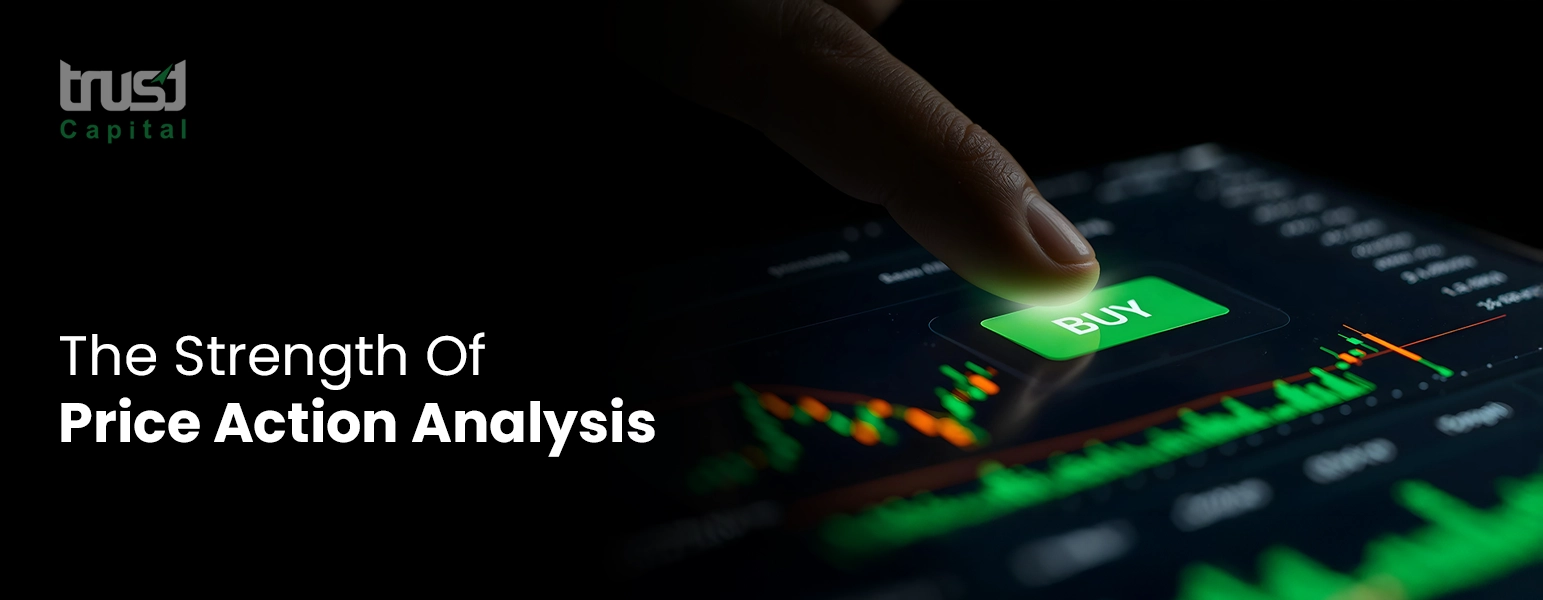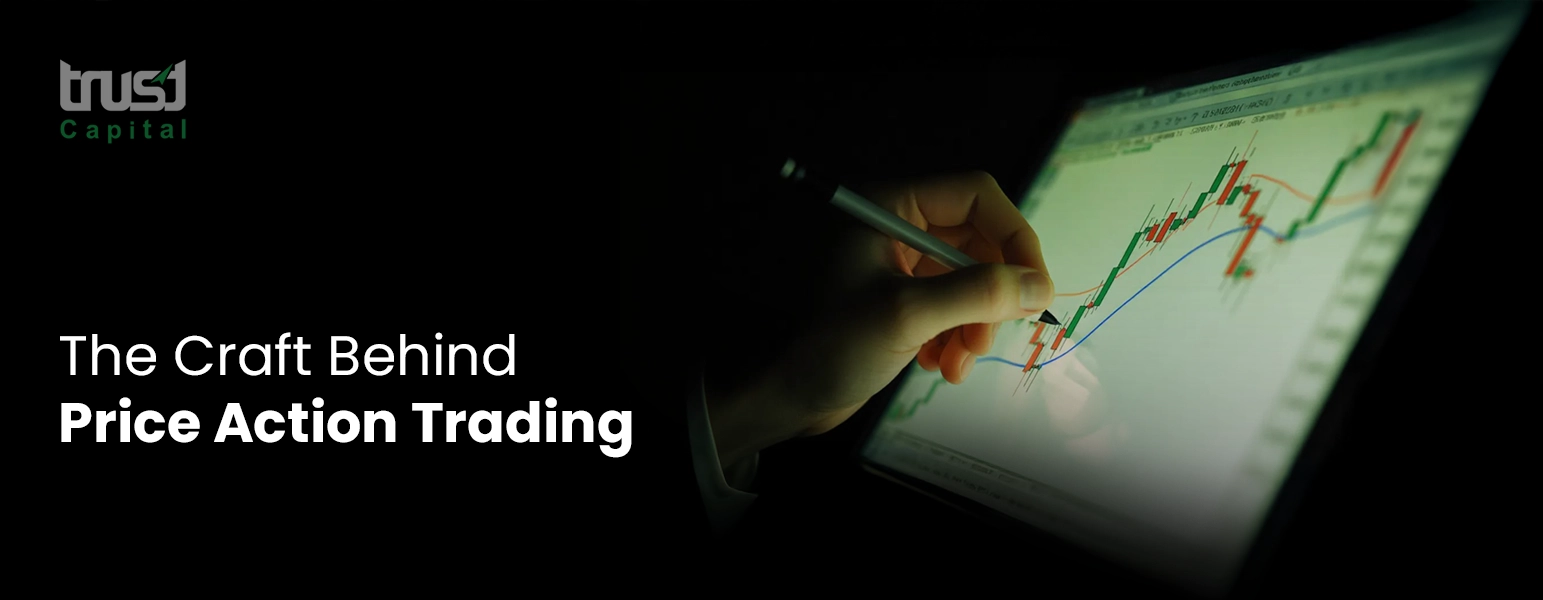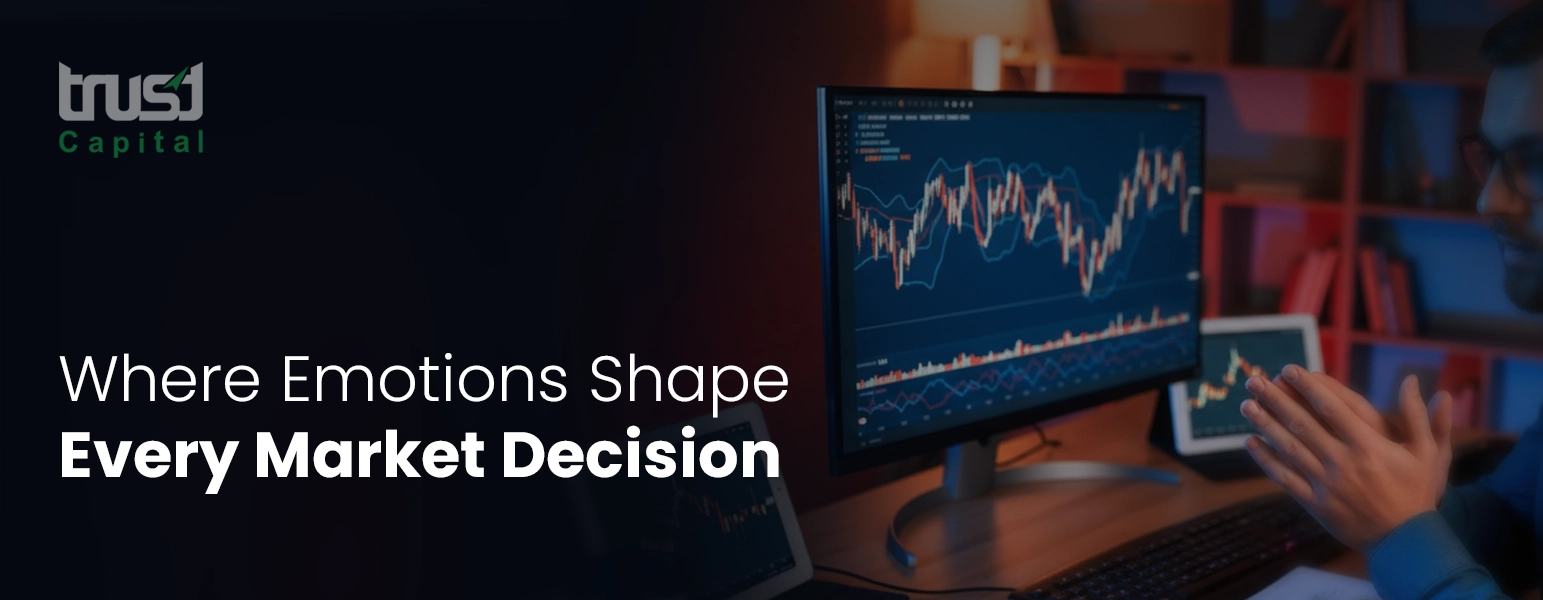The Power of Price Action: Why Clean Charts Beat Indicators

When it comes to forex trading strategy, many traders load their screens with indicators—moving averages, oscillators, clouds, and more. While indicators can be useful, they often create clutter and confusion. In contrast, price action trading focuses on the most important source of market information: the price itself.
Why Clean Charts Matter
A clean chart strips away unnecessary noise and allows traders to clearly see how the market is behaving. This approach is often referred to as clean chart analysis or price action charts. Instead of relying on lagging indicators, traders analyse candlestick patterns, support and resistance zones, and overall market trend analysis.
The Edge of Price Action Trading

The best traders know that price action reflects everything that matters—market sentiment, fundamentals, and order flow. By studying pure price movement, traders can uncover:
-
Breakouts and trend reversals
-
Smart entry and exit zones
-
Areas where big players (institutions) are active
This makes price action the best clean chart trading method, preferred by professionals worldwide.
Best Price Action Techniques

As markets evolve, simple techniques remain powerful. Here are some top forex techniques and top trading strategies using price action:
-
Support and Resistance Trading
Identify major levels where price reacts. These create high-probability setups. -
Trendline and Channel Breakouts
Follow the trend—the easiest and most effective price action trading strategy. -
Candlestick Confirmation (Pin bars, engulfing candles)
These patterns reveal market psychology and momentum shifts. -
Multi-Timeframe Confluence
Align setups across multiple timeframes for stronger confirmation.
Indicators vs. Price Action
While indicators can help confirm a bias, relying exclusively on them can slow down your reactions. Price action is real-time and does not lag. Many beginners constantly switch indicators, searching for the best trading indicators, but professionals learn to read the chart itself.

